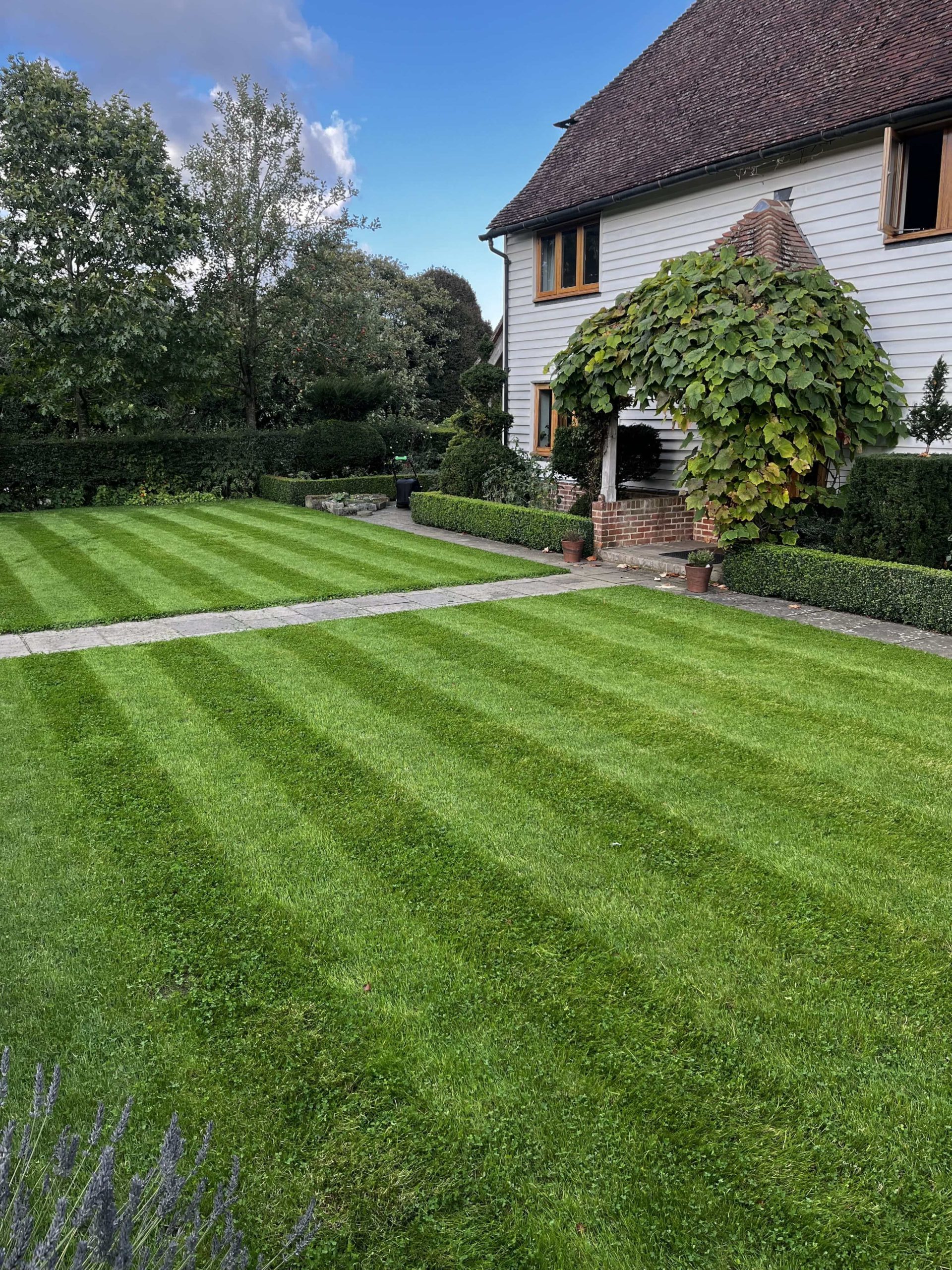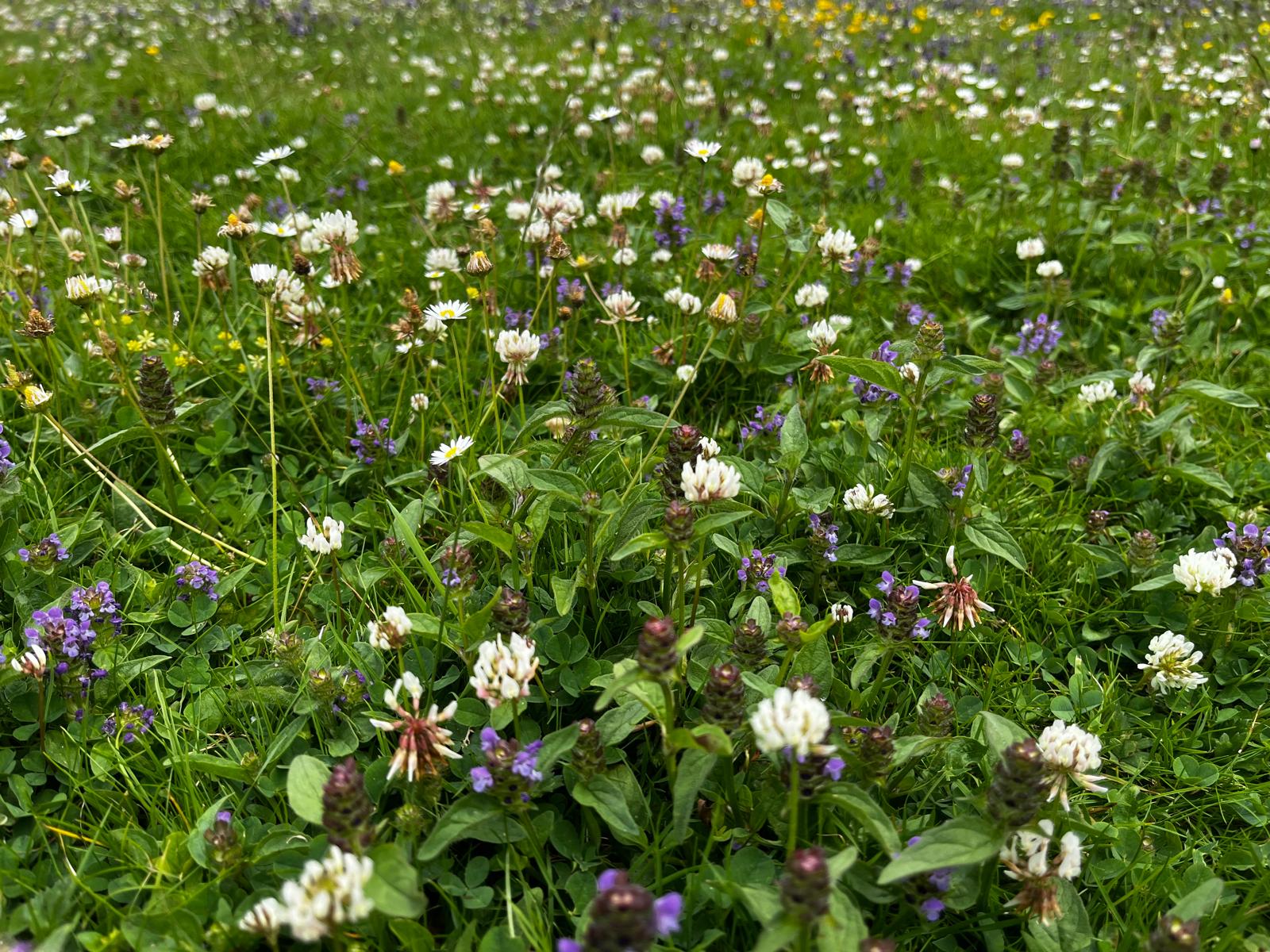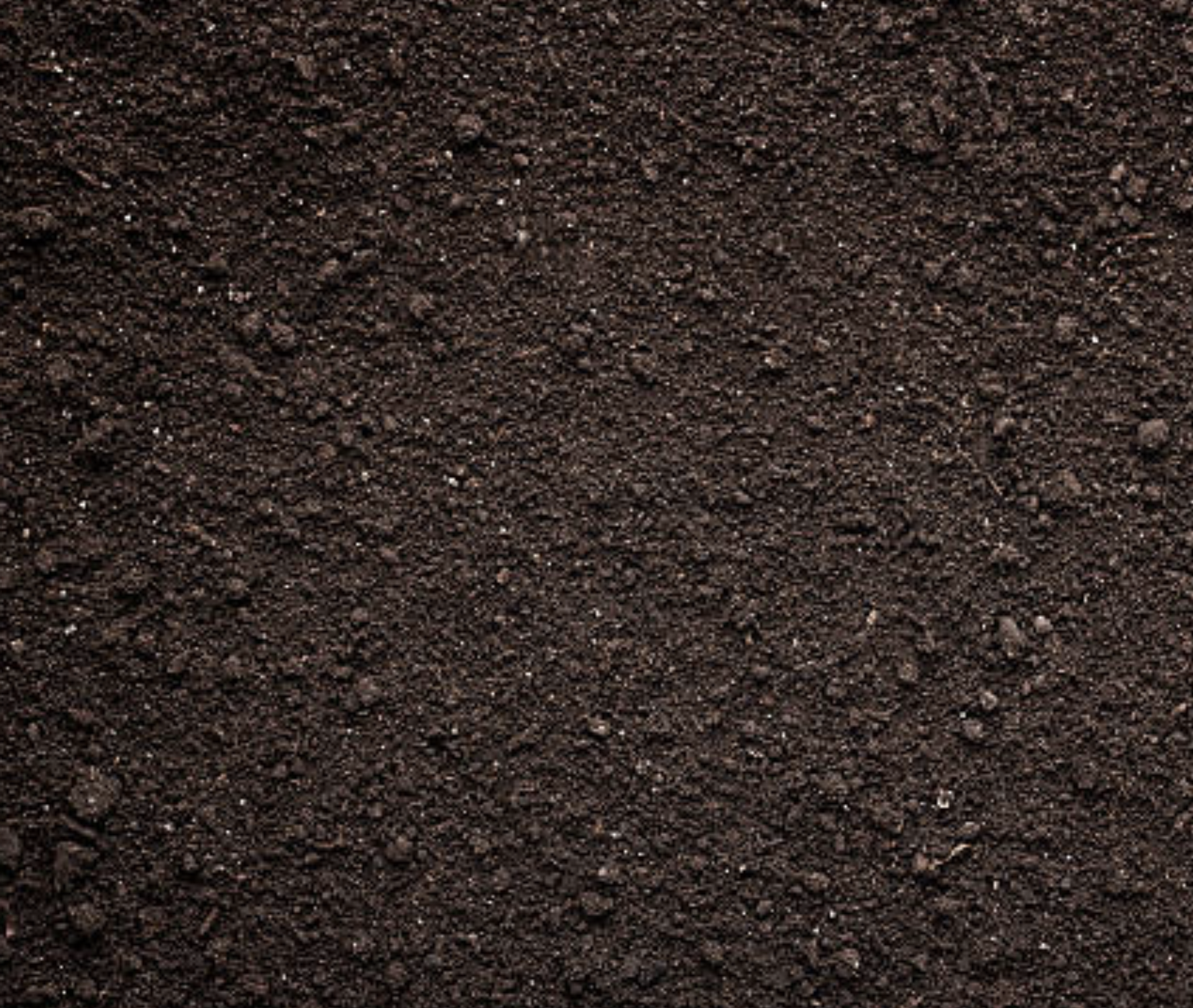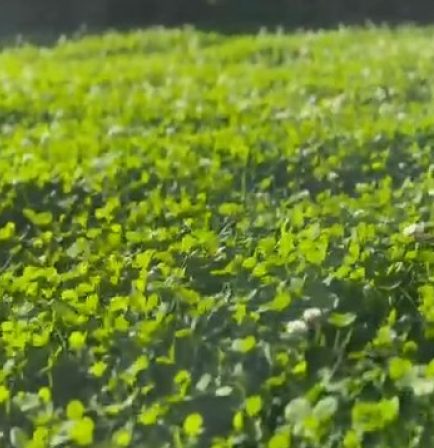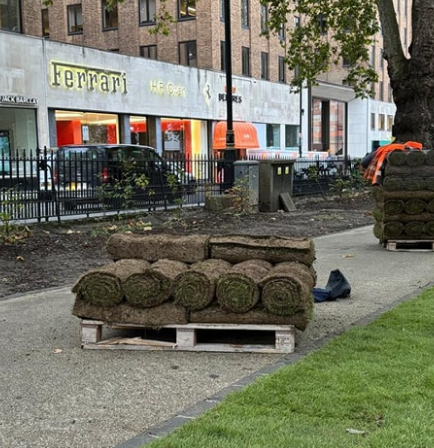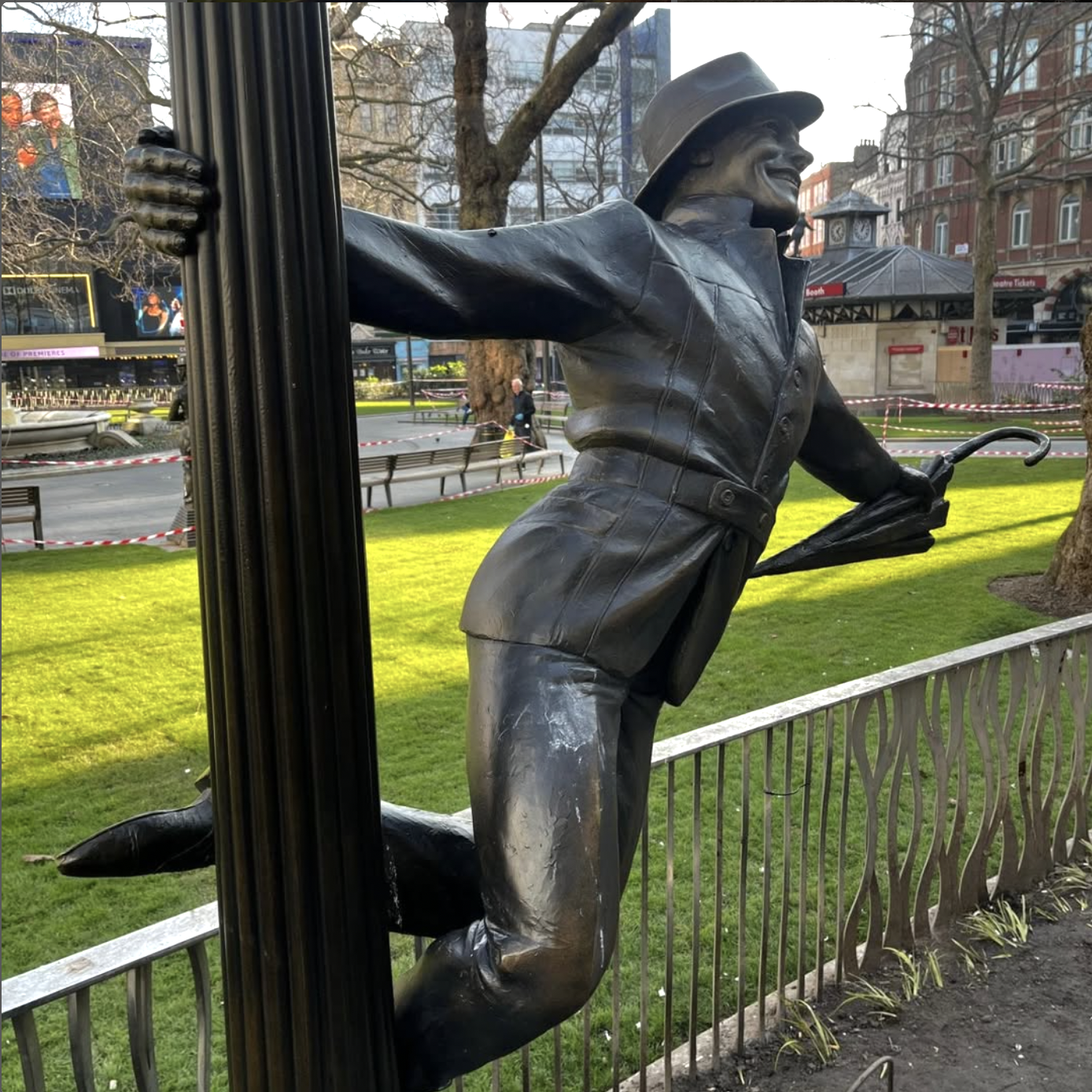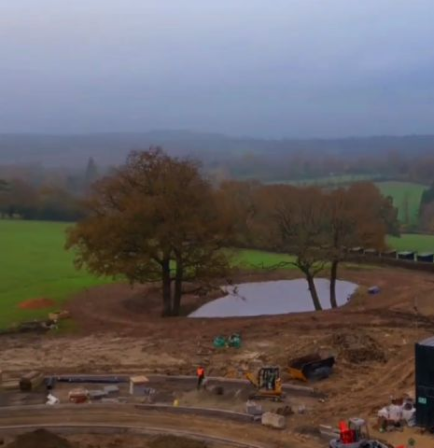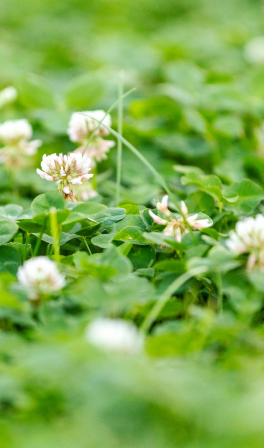In recent years, clover lawns have been making a remarkable comeback in gardens across the UK. Once considered a weed to be eliminated, clover is now being celebrated for its numerous environmental benefits and low-maintenance qualities. But as clover lawns are new still to most, so we’ve pulled together a handy guide all about clover lawn care.
Why choose a clover lawn?
Before diving into maintenance tips, let’s highlight why clover lawns have become increasingly popular:
Drought resistance
One of clover’s most impressive qualities is its deep root system, allowing it to access water sources that traditional grass varieties simply can’t reach. During those hot summer months when hosepipe bans become the norm, your clover lawn will maintain its vibrant green appearance while neighbouring grass lawns surrender to brown patches.
Natural nitrogen fixation
Perhaps clover’s most clever trick is its ability to convert nitrogen from the atmosphere into a form that plants can use. Through a symbiotic relationship with beneficial bacteria in their root nodules, clovers enrich your soil naturally. This means you can say goodbye to chemical fertilisers – your clover lawn is essentially self-feeding!
Reduced mowing requirements
For those who view mowing as a chore rather than a pleasure, clover lawns offer welcome relief. They grow more slowly than traditional grass and naturally maintain a relatively low height, meaning fewer weekends spent pushing the mower around. Perfect for those participating in No Mow May and other wildlife-friendly initiatives.
Pollinator paradise
When allowed to flower, clover produces small white blooms that serve as a crucial food source for bees and other pollinators. At a time when insect populations are under threat, your clover lawn becomes a valuable ecological resource, turning your garden into a buzzing haven for biodiversity.
Weed suppression
The dense growth pattern of clover creates a natural barrier against unwanted weeds, reducing the need for herbicides and further minimising maintenance requirements.

Seasonal clover lawn care
Spring care
As temperatures rise and your clover lawn awakens from its winter dormancy, there’s very little you need to do:
- Light raking: A gentle rake to remove any dead leaves or winter debris helps air circulation.
- Overseeding: If you notice any thin patches (unlikely but possible after a harsh winter), spring is an ideal time to overseed with additional clover.
- First mow: If you prefer a neater look, your first mow of the season can be slightly higher than usual to encourage healthy growth.
Summer Maintenance
Summer is when your clover lawn truly shines – staying green while requiring minimal intervention:
- Watering: Only during prolonged drought conditions. While traditional lawns might need frequent watering, your clover lawn’s deep roots mean it can typically survive on natural rainfall alone. If you do need to water, do so deeply and infrequently rather than with frequent light sprinklings.
- Mowing: Entirely based on your aesthetic preference. For a more manicured look, mow like a conventional lawn (30-50mm). If you prefer a wilder, more natural look that benefits pollinators, leave it 2-3 weeks between mowing or maintain a height of around 50-70mm to allow your clover to flower.
- Fertiliser: None needed! Your clover is busy fixing nitrogen from the air, creating its own natural fertiliser that benefits not only itself but also any companion plants.
Autumn preparation
As temperatures cool and growth slows:
- Final mow: Consider a slightly lower cut for your final mow of the season if you prefer a neater winter appearance.
- Leaf management: Remove fallen leaves to prevent them from smothering your clover. A light raking or leaf blower works well, but don’t be overly aggressive.
- Aeration: While not strictly necessary, if your soil seems compacted, autumn is a good time for light aeration to improve water penetration.
Winter care
Winter is truly the season to put your feet up:
- Minimal intervention: Your clover lawn requires virtually no winter maintenance.
- Avoid heavy traffic: While clover is resilient, try to minimise walking on frosted clover as this can damage the plants.
- Enjoy the break: Unlike traditional lawns that might need winter treatments or disease prevention, your clover lawn largely takes care of itself during the colder months.
FAQs
Q: Will clover take over my entire garden?
A: Our Clover Rich Eco Turf is designed to be well-behaved. The clover variety we use has been selected for its cooperative nature, meaning it creates a harmonious mix with the grass rather than dominating completely.
Q: Does a clover lawn hold up to foot traffic and play?
A: Yes! One of clover’s strengths is its resilience. While no lawn is indestructible, clover recovers well from moderate foot traffic. For areas of heavy use, consider creating designated pathways or play areas with stepping stones or wood chips.
Q: What about pet damage?
A: Clover is more resistant to pet damage than traditional lawns. The nitrogen-fixing properties help it recover from pet urine spots more effectively than conventional grass varieties.
Q: Can I convert my existing lawn to a clover lawn gradually?
A: Absolutely. Many gardeners choose to overseed their existing lawn with clover seeds, allowing the clover to gradually establish itself. However, for more immediate results, our pre-grown Clover Rich Eco Turf provides an instant transformation.
Environmental impact
By choosing a clover lawn, you’re making a positive environmental choice that extends beyond your garden boundaries:
- Reduced water usage: With climate change increasing the frequency of droughts, water conservation is becoming increasingly important. Clover lawns significantly reduce the need for supplemental watering.
- Elimination of chemical Inputs: By avoiding synthetic fertilisers and pesticides, you’re protecting local water systems from harmful runoff.
- Supporting Pollinators: Your flowering clover provides essential nutrition for bees and other pollinators, contributing to wider ecosystem health.
- Carbon Sequestration: Clover’s extensive root system helps sequester carbon in the soil, playing a small but meaningful role in addressing climate challenges.
Conclusion: Embrace the Clover Revolution
Maintaining a clover lawn isn’t just easier—it’s a responsible choice for today’s gardener. By working with nature rather than against it, you’ll spend less time on maintenance and more time actually enjoying your outdoor space.
Our Clover Rich Eco Turf provides all the benefits of a traditional lawn with substantially reduced environmental impact and maintenance requirements. From drought resistance to natural fertility, from pollinator support to reduced mowing needs, clover offers a smarter approach to lawns for the modern, eco-conscious gardener.
Whether you’re looking to create a pristine green carpet or a flowering haven for wildlife, your clover lawn can be adapted to suit your preferences. And the best part? You’ll be doing it all with a fraction of the effort traditionally associated with lawn care.
Ready to make the switch? Contact us to learn more about our Clover Rich Eco Turf options and take the first step toward a more sustainable, low-maintenance garden.



